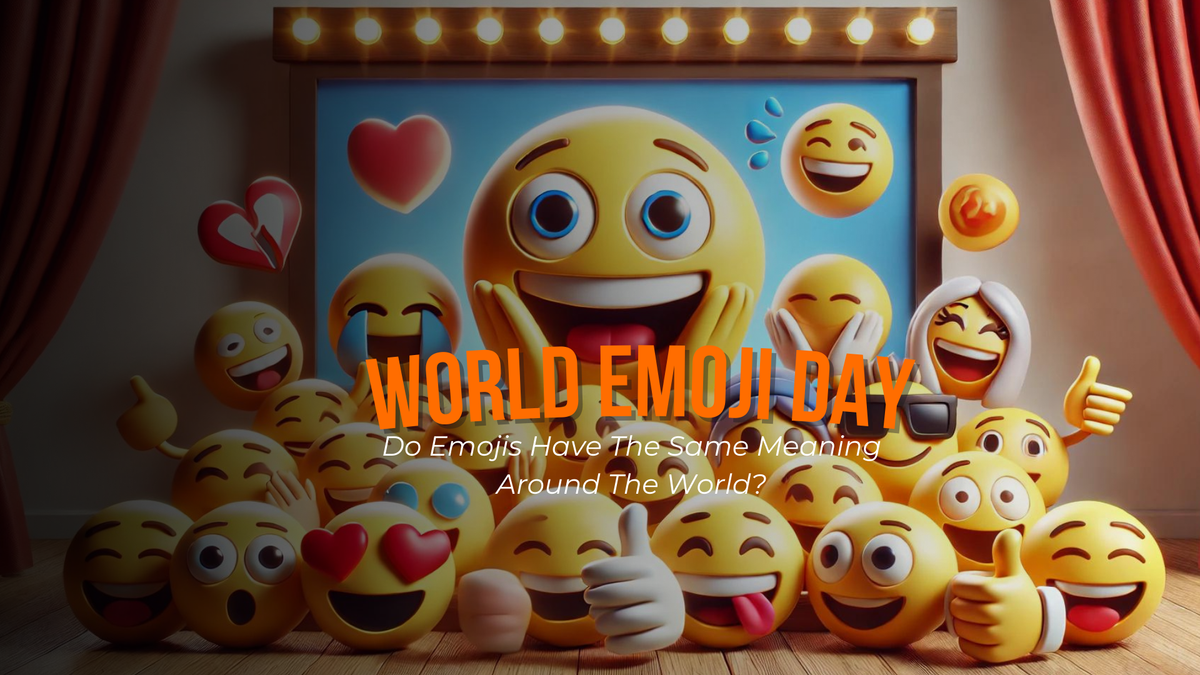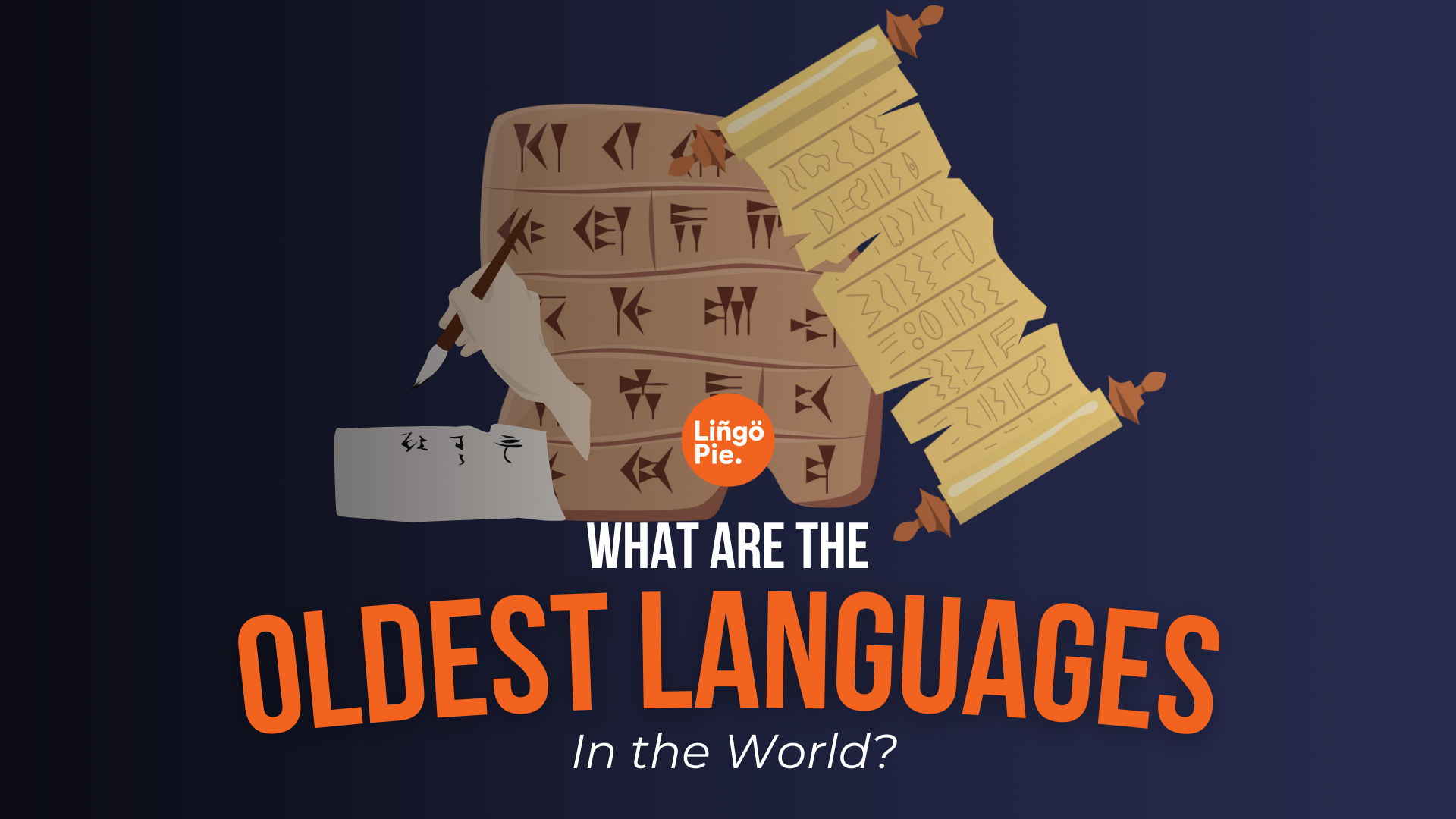On July 17th, enthusiasts around the globe celebrate World Emoji Day, honoring these tiny pictographs that have become an integral part of our digital conversations.
Emojis, originally conceived in Japan, have transcended linguistic barriers to become a universal language of expression. They offer a succinct and often playful way to convey emotions, ideas, and cultural nuances in our increasingly digital world.
However, their universal appeal masks a fascinating complexity: emojis can carry vastly different meanings across cultures, making them both a tool for global connection and a potential source of miscommunication.
So, in this blog post, we'll take a look at different interpretations of emojis in different cultures!
Emojis and Their Meanings in Different Cultures

1. Thumbs Up 👍
UK Interpretation: In the UK and many Western cultures, the thumbs-up emoji is commonly used to express approval, or agreement, or to signify a job well done.
Middle East Interpretation: In parts of the Middle East, such as Iran and Iraq, the thumbs-up gesture is seen as offensive and equivalent to showing the middle finger in Western cultures. It can be interpreted as a rude or insulting gesture, rather than a positive affirmation.
2. Smiley Face 🙂
Western Interpretation: In Western cultures, the smiley face emoji is universally understood as a symbol of happiness, positivity, or friendliness. It is commonly used to express joy or to lighten the tone of a message.
China Interpretation: In Chinese culture, the interpretation of the smiley face emoji can vary. Depending on the context and relationship between the sender and receiver, sending a smiley face emoji can sometimes imply mistrust, sarcasm, or even contempt towards the recipient.

3. Clapping Hands 👏
Western Interpretation: In Western cultures, the clapping hands emoji is commonly used to symbolize applause, praise, or appreciation for someone's achievement or performance. It is a gesture of celebration and encouragement.
China Interpretation: In China, the clapping hands emoji can sometimes be associated with intimate relations or sexual innuendo.
4. OK Symbol 👌
Western Interpretation: In Western cultures, the OK symbol is commonly used as a gesture to signify agreement, understanding, or approval. It is often used in digital communication to acknowledge a message or to express consent.
Japan Interpretation: In Japanese culture, the OK symbol can symbolize money or wealth, rather than agreement or approval.
5. Hospital Emoji 🏥
Global Interpretation: Across most cultures, the hospital emoji 🏥 is universally understood to symbolize healthcare, medical facilities, or illness. It is commonly used to indicate a hospital or healthcare-related context in digital communication.
Japan Interpretation: In Japan, the interpretation of the hospital emoji 🏥 can sometimes cause confusion. While it generally symbolizes healthcare, there is a cultural context where it can also refer to a "love hotel." These hotels are themed establishments rented by the hour for romantic encounters, which can lead to misunderstandings if the emoji is used in a medical or healthcare-related conversation.
6. Fist Bump 👊
Western Interpretation: In Western cultures, the fist bump emoji is often used as a friendly gesture or to signify agreement, camaraderie, or mutual respect between individuals. It is a casual and informal way of greeting or expressing solidarity.
China Interpretation: In Chinese culture, the interpretation of the fist bump emoji can differ. Depending on the context and relationship between the sender and receiver, it can imply a challenge or confrontation.
7. High Five 🙌
Western Interpretation: In Western cultures, the high five emoji is commonly used to symbolize a celebratory gesture. It signifies excitement, congratulations, or a shared sense of achievement between individuals. It is a positive and enthusiastic expression.
China Interpretation: In Chinese culture, the interpretation of the high five emoji can be similar to the clapping hands emoji. It is sometimes associated with intimate relations or sexual innuendo, depending on the context and cultural context.
8. Folded Hands 🙏
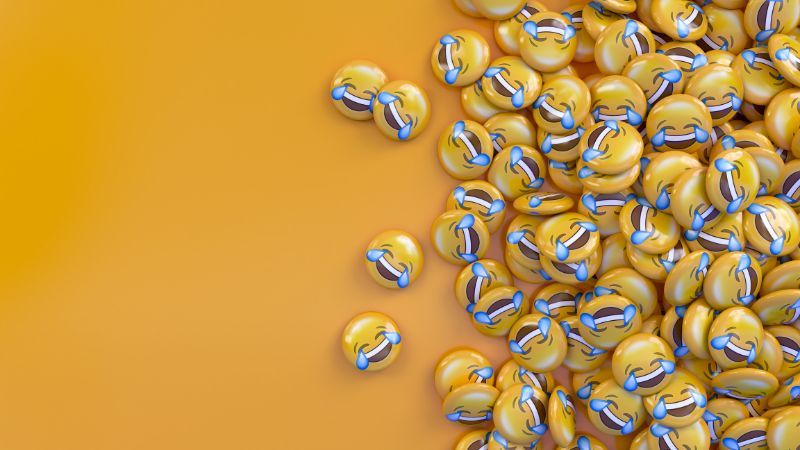
Western Interpretation: In Western cultures, the folded hands emoji is commonly used to convey gratitude, prayer, or a sense of reverence. It is often used to express thanks, request blessings, or show appreciation in digital communication.
Japanese Interpretation: In Japanese culture, the folded hands emoji symbolizes a bow of apology or respect. It is used to apologize sincerely or to express deep respect towards someone or something.
9. Thumbs Down 👎
Western Interpretation: In Western cultures, the thumbs-down emoji is commonly used to express disapproval, disagreement, or dissatisfaction with something. It is a gesture indicating negative feedback or rejection.
Nigeria Interpretation: In Nigeria and some other cultures, the thumbs-down gesture historically symbolizes a demand for the death of a gladiator, reminiscent of Roman times. This historical context gives the thumbs-down emoji a more intense and negative connotation than its everyday use in Western digital communication.
10. Poop Emoji 💩
Western Interpretation: In Western cultures, the poop emoji is often used humorously or ironically. It can signify something unpleasant or be used playfully to convey silliness or a sense of whimsy. It has become a popular emoji in casual and humorous contexts.
Japan Interpretation: In Japanese culture, the poop emoji can symbolize good luck. This interpretation stems from the similarity in pronunciation between the Japanese word for poop, "unko," and the word for luck, "un."
11. Dancing Women 👯♀️
Western Interpretation: In Western cultures, the dancing women emoji symbolizes dancing, celebration, or having fun. It is often used to convey excitement about going out, attending a party, or enjoying a lively event with friends.
Asia Interpretation: In some Asian cultures, particularly influenced by media portrayals and associations, the dancing women emoji can be seen as a symbol associated with sex work. This perception is partly due to the visual similarity with outfits worn by Playboy Bunnies and the context in which such imagery has been historically presented.
12. Rock On Gesture 🤘
Western Interpretation: In Western cultures, the rock-on gesture emoji is commonly used to signify enjoying rock music, expressing a positive attitude, or celebrating something cool or exciting. It is often associated with rock and roll culture and a sense of rebellion or enthusiasm.
Brazil Interpretation: In Brazil, the interpretation of the rock on gesture emoji can differ significantly. It is sometimes interpreted as a symbol of adultery or infidelity, particularly when used in certain contexts.
13. Crossed Fingers 🤞
Western Interpretation: In Western cultures, the crossed fingers emoji is commonly used as a gesture to wish for luck or express hopefulness. It is often used to convey optimism or to wish someone good fortune in various situations.
Vietnam Interpretation: In Vietnam, the crossed fingers emoji has a different cultural interpretation. It is seen as a symbol that represents female genitalia.
14. Waving Hand 👋
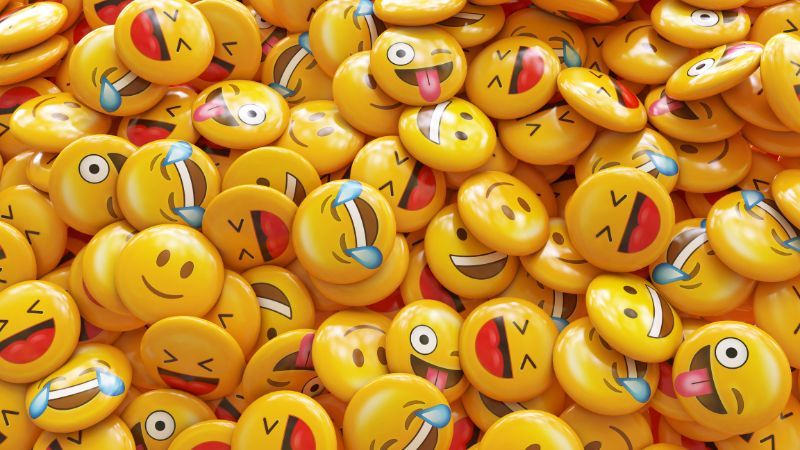
Western Interpretation: In Western cultures, the waving hand emoji is commonly used as a friendly gesture to greet someone or bid farewell. It is a casual and informal way to acknowledge someone or to say goodbye in digital communication.
Greece Interpretation: In Greece, the interpretation of the waving hand emoji can differ. It can be perceived similarly to showing the back of the hand, which is considered an offensive gesture in some contexts.
15. Thumbs Up with Skin Tone Modifier 👍🏾
Western Interpretation: In Western cultures, the thumbs-up emoji with skin tone modifier retains its general meaning of approval or agreement. The addition of skin tone modifiers aims to promote diversity and representation in emoji use, reflecting different skin tones of individuals using the emoji.
India Interpretation: In India, the interpretation of the thumbs-up emoji with skin tone modifier can vary depending on the context and cultural context. While it generally signifies approval or agreement, there are instances where it might be interpreted differently. For example, in certain contexts or among specific groups, it could be perceived as an insult or a defensive stance, especially if used in contentious or sensitive conversation.
Commonly Used Emojis Around the World
| North America | |
|---|---|
| United States | 😂❤️😍😭🍕 |
| Canada | 😂❤️😊🍁🏒 |
| Europe | |
|---|---|
| France | 🥐🥖🎭🗼 |
| Italy | 🍕🍝🎭🍷 |
| Germany | ❤️😊🍷🍺🎨 |
| United Kingdom | 🎡👑🎭🍵🏴 |
| Russia | 😂🍻🌸🎉 |
| Asia | |
|---|---|
| Japan | 😂❤️🍣🌸🎌🍵⛩️🍱 |
| China | 😂❤️🍜🎋🏮🐉🐼🎐 |
| South Korea | 😂❤️🍚🎎🌸🎊🎤 |
| Middle East | |
|---|---|
| Saudi Arabia | 🌙🕋🕌🐪🌴🧕 |
| United Arab Emirates | 🌙🏙️🐪🌴🕌 |
| Latin America | |
|---|---|
| Brazil | 🎉🍹🏖️🍍☀️ |
| Mexico | 🌮🌵🎺🥑🎊 |
| Argentina | 🥩🍷⚽🍦💃 |
Read Also:
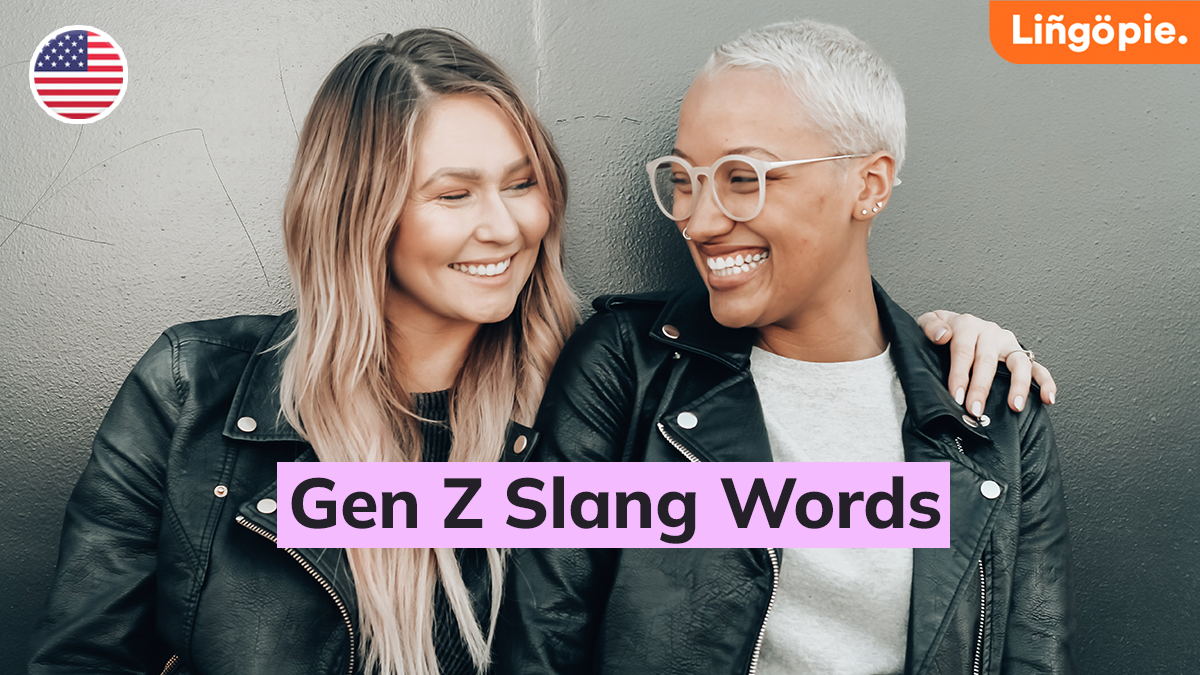
Final Words
Emojis have become a universal language of expression in our digital age, transcending linguistic and cultural barriers to convey emotions, ideas, and even complex social cues. As evidenced by their diverse interpretations across different regions, emojis highlight both the unity and diversity of human communication. Whether it's the innocuous smiley face conveying happiness in the West or the nuanced meanings of gestures like thumbs up in various parts of Asia, emojis play a crucial role in shaping how we interact globally.
Frequently Asked Questions
1. Why is July 17 an emoji?
July 17 is recognized as World Emoji Day because it coincides with the date shown on the calendar emoji 📅. It's a day to celebrate emojis and their impact on digital communication.
2. Is today National Emoji Day?
I'm sorry, I don't have access to real-time information. You can check the date to see if it's July 17 to confirm if it's World Emoji Day today.
3. How do you celebrate Emoji Day?
People celebrate World Emoji Day by sharing their favorite emojis, discussing emoji trends, and sometimes participating in emoji-themed events or contests. It's a fun way to acknowledge the role emojis play in modern communication.
4. What is the hashtag for World Emoji Day?
The official hashtag for World Emoji Day is usually #WorldEmojiDay. It's used on social media platforms to join in the global conversation about emojis on July
Learn New Languages by Watching Movies with Lingopie
Who says learning can’t be fun? Grab some popcorn and immerse yourself in foreign films or binge-watch TV shows. That's the mission of Lingopie, making language learning fun and immersive!
Lingopie makes learning a new language fun and effective by using real TV shows, movies, and documentaries. It offers interactive subtitles, so you can click on any word to get an instant translation and pronunciation. If this sounds fun to you, download Lingopie from the App Store or Play Store now and get a FREE 7-day trial!


